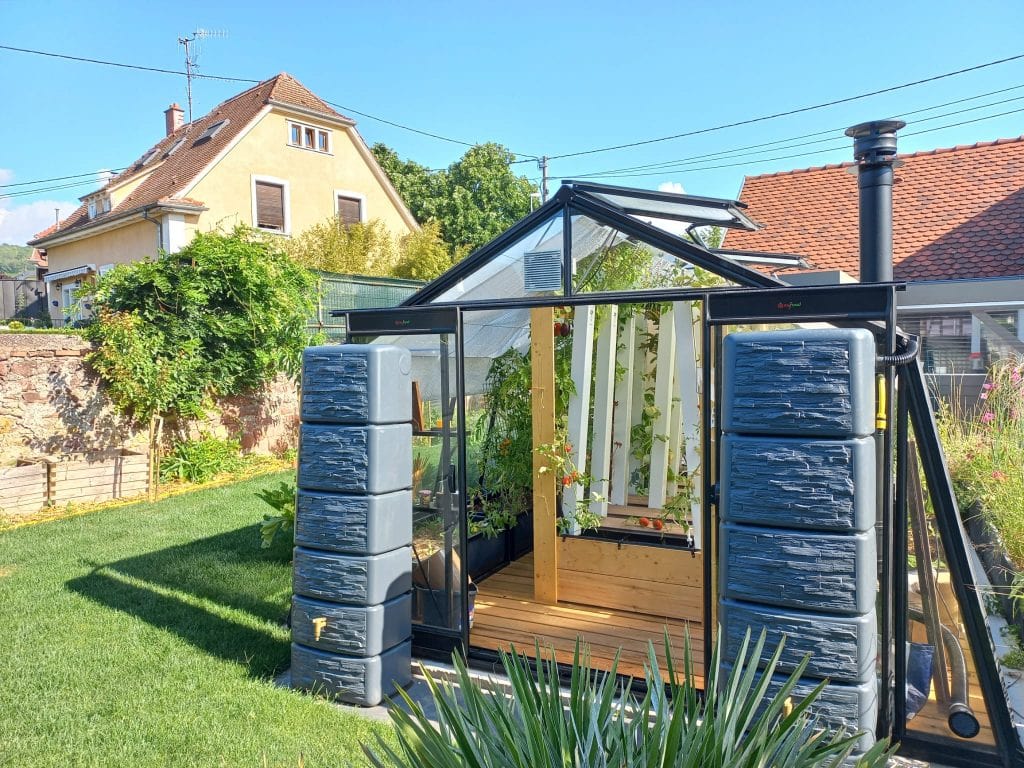
Optimising water in a vegetable garden is the key to a tasty and abundant fruit and veggie harvest. In dry periods, when water is at a minimum, plant growth is put on hold. When the season is difficult, when it rains every day and the air is too humid, diseases develop and ruin your crops…
However, lack of water for your crops or poor moisture management is not a hopeless problem: here are our 5 tips for better water management in a vegetable garden.
The issue with water is that it evaporates. At the height of summer, when the sun is at its peak, temperatures make watering much less effective. To save water, it is, therefore, necessary to follow the following tips from experienced gardeners.
The best solution is to install raised beds with a water tank, which manages their water supply independently. Smart greenhouses are equipped with these, which can save 90% of water compared to a traditional vegetable garden.
Drip irrigation is also an excellent solution to avoid water loss, especially if it is programmed during the night when temperatures drop. Watering in the evening allows the plants to regenerate before a new heat wave comes, and thus increases their resistance.
If you don’t have (yet) these two great tools for watering your garden, here are some tips:
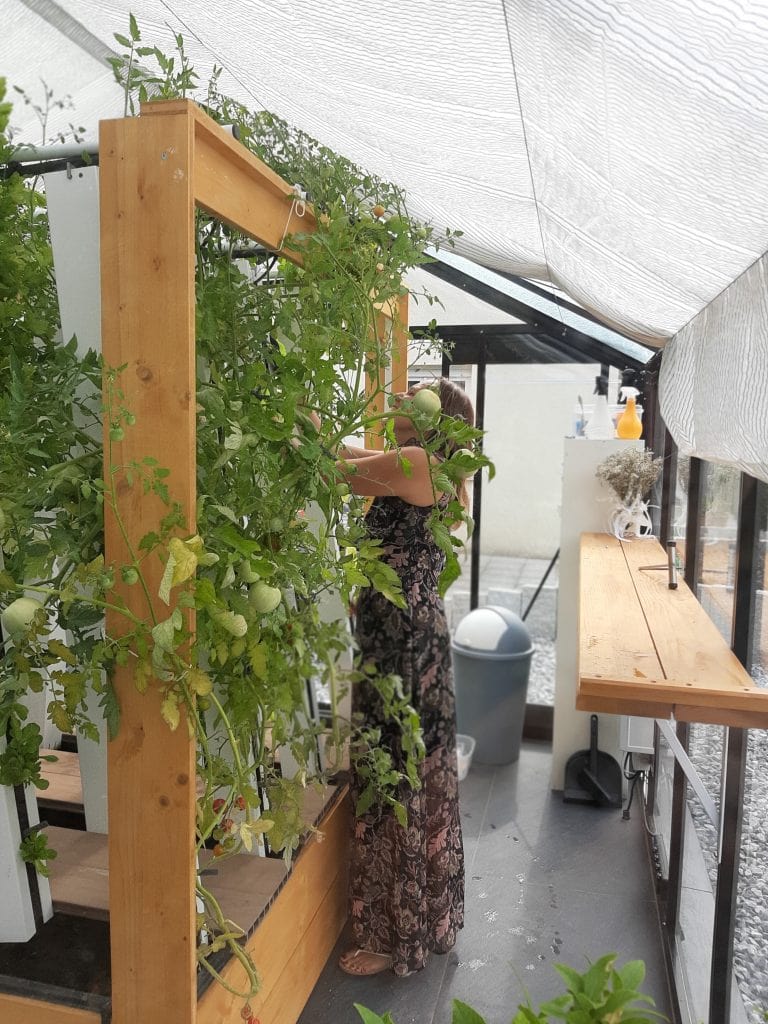
Shade cloth in greenhouses is very useful in summer!
Second tip: to improve water efficiency in a vegetable garden, think about providing some share to your crops.
A vegetable garden in full sun is a vulnerable vegetable garden. Did you know that, contrary to popular belief, tomato plants hate being in full sun?
There are several options available to you:
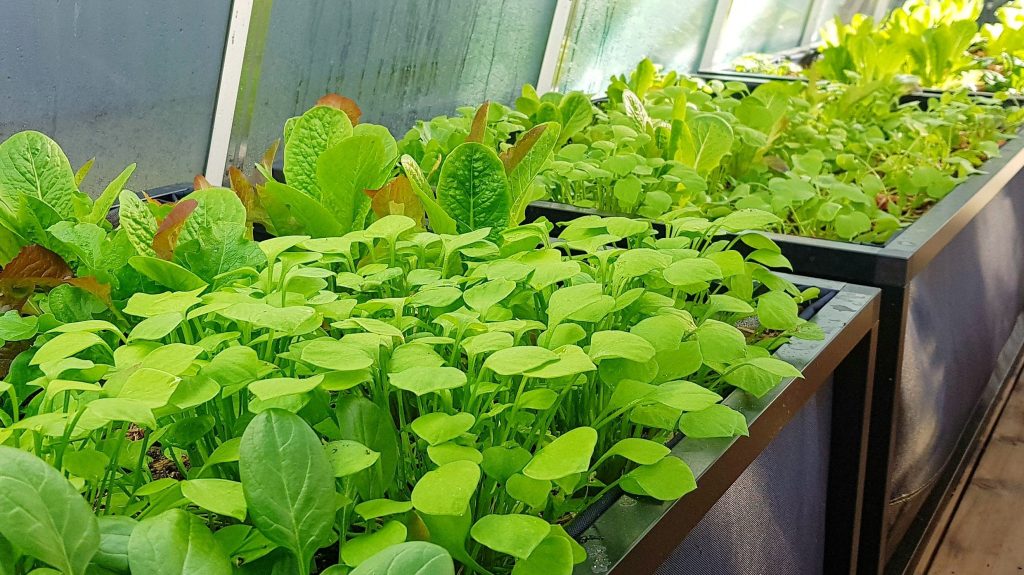
Permaculture tanks from Myfood smart greenhouses
We mentioned above that our greenhouses are equipped with raised beds with water reserves, which allows you to:
The other thousand-year-old solution is called the oya (terra cotta watering vessel). In simple words, porous clay pots. They are buried in the garden, filled with water, with a lid on top. They limit evaporation and allow the roots of the plants to drink by capillary action directly around the oyas, when they need it. An economical and very practical solution!
To optimise water in a vegetable garden, the best way is to use water from nature. There are several ways to collect rainwater:
Rainwater has several advantages: it is soft, low in calcium, at room temperature (perfect to avoid stressing the plants), and has a pH close to what the fish need in aquaponics (so it is perfect for filling the fish tanks). And if you have too much, you can use it in the garden, or to clean your car, if you have one.
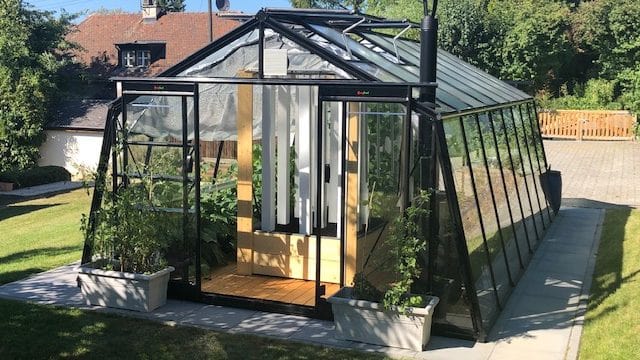
Last but not least, a final tip for optimising water in a vegetable garden is, of course, to opt for a smart greenhouse. Water management is optimised on several levels:
During a very rainy summer, the greenhouse is also the best way to protect your crops.
With these tips about water management, you’ll never feel again like a fish out of water!
Don’t forget to save on Adam’s ale, which is increasingly running out, year after year. In 2022, the water cycle was broken in April for the second year running. This rapid evolution worries scientists, who fear that the availability of fresh water will become quite uncertain.
In this complex context, everyone, private or professional, can do their part. If you are reading these lines, we have already congratulated you on your commitment.
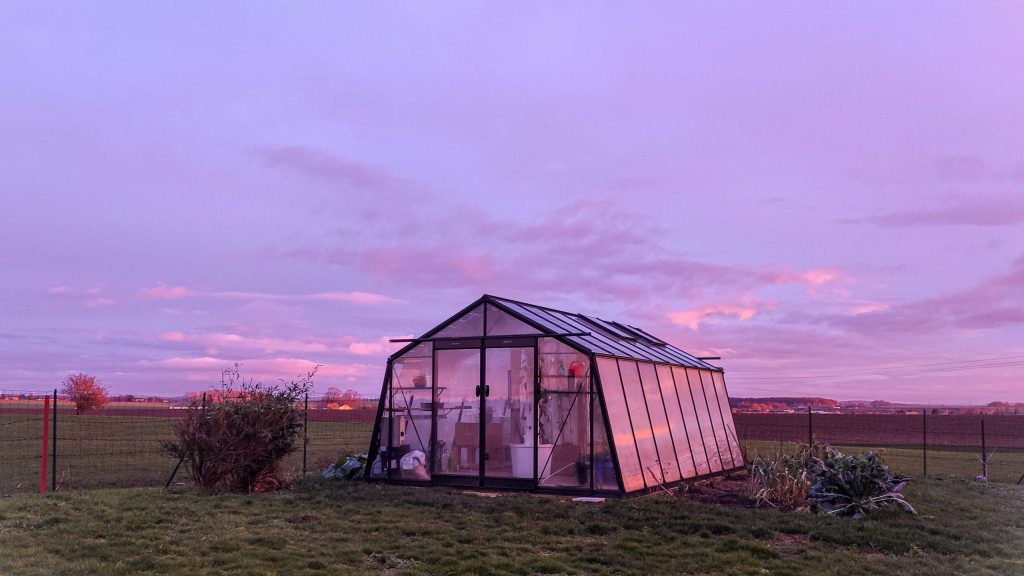
Would you like to invest in your own smart, connected greenhouse? Go for it!